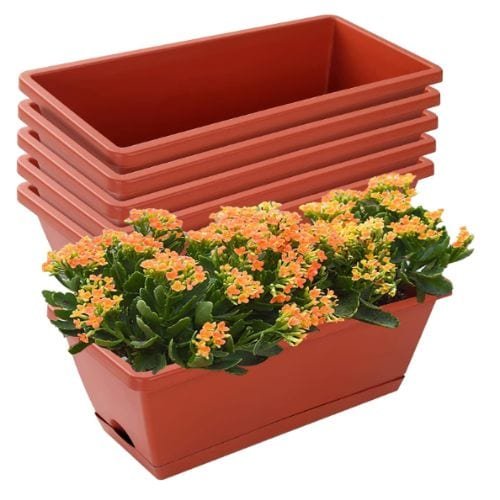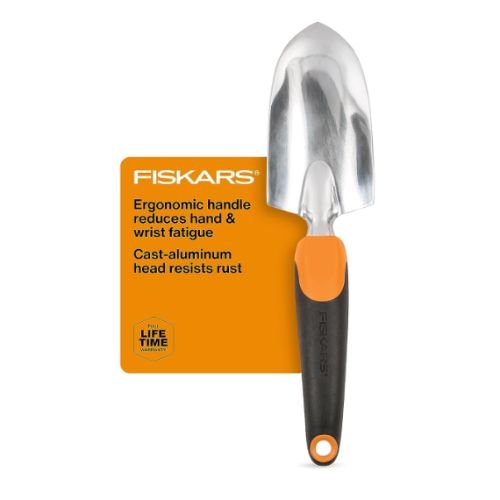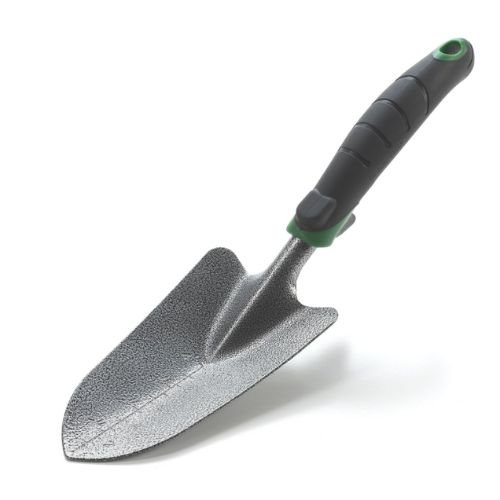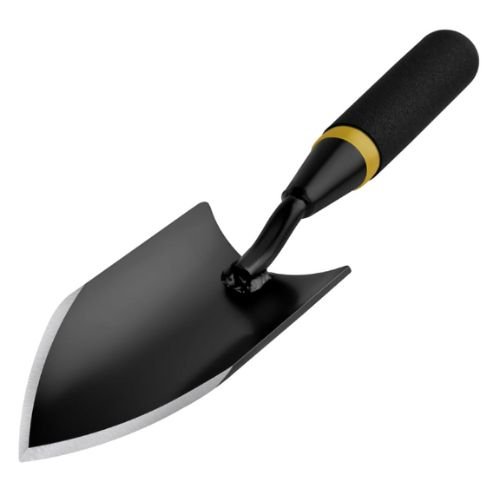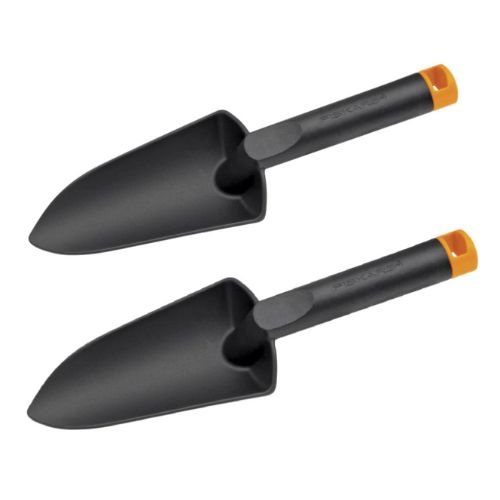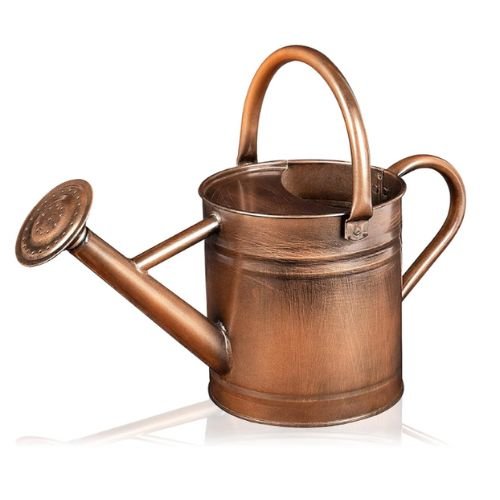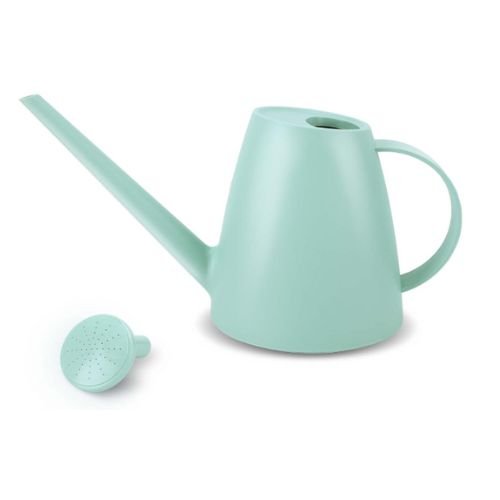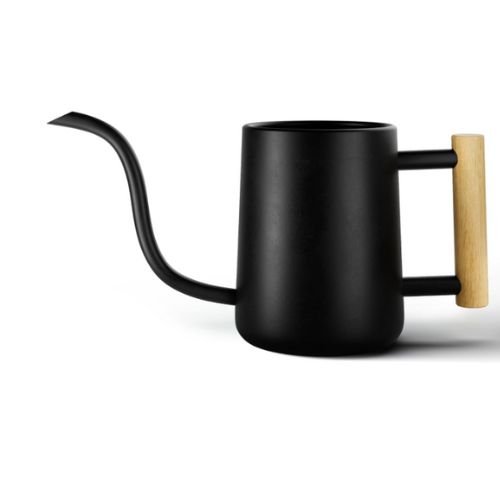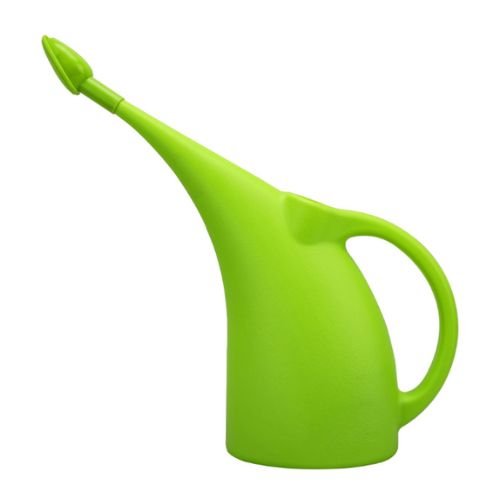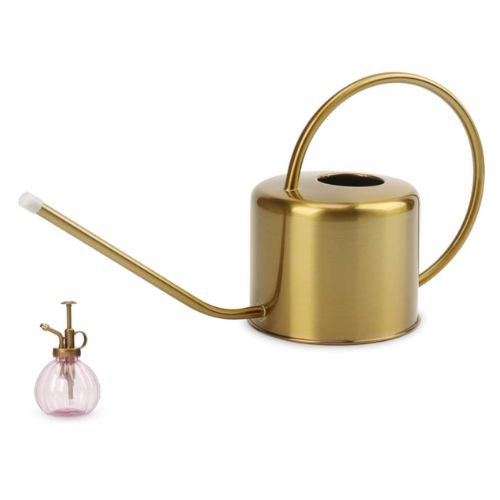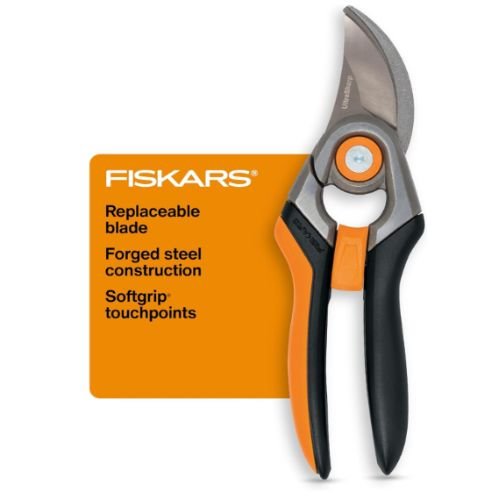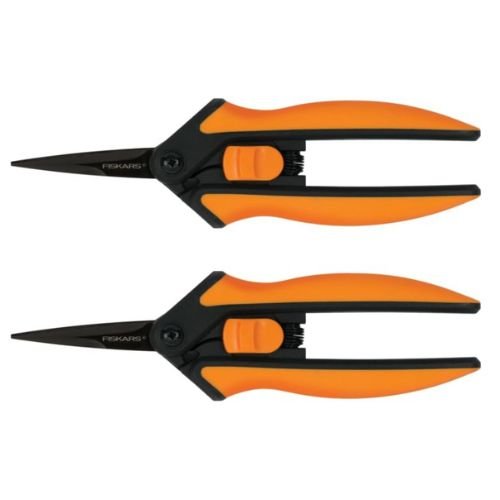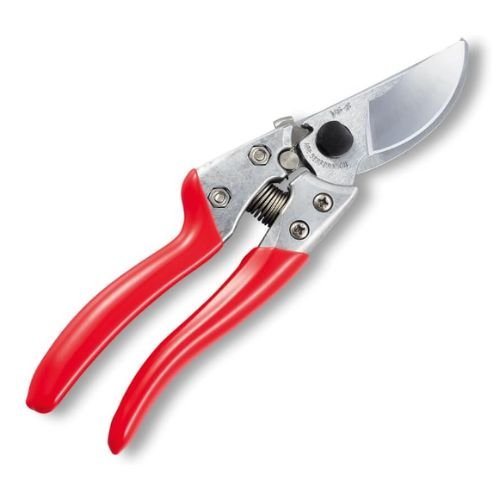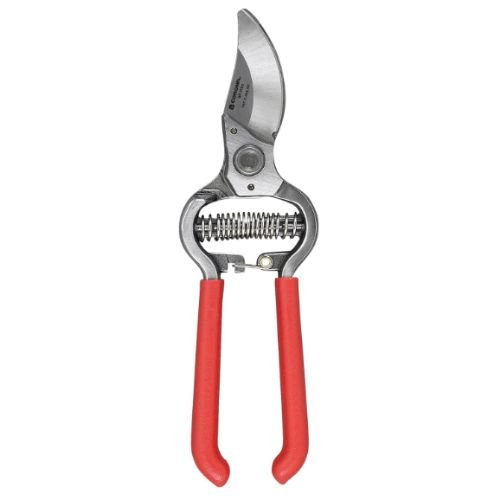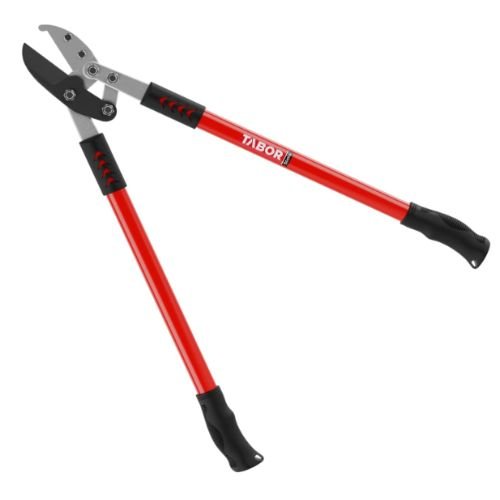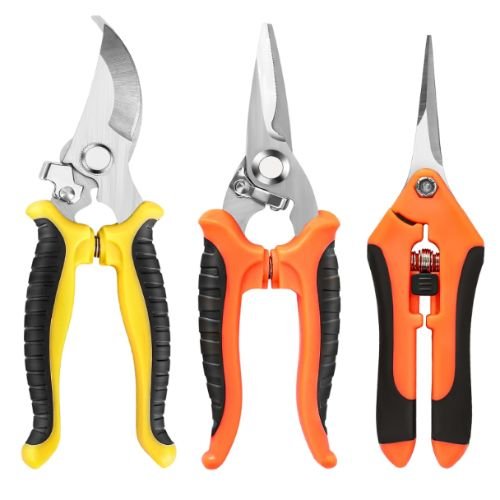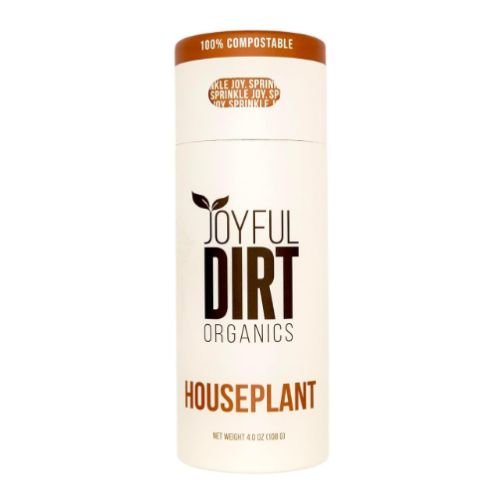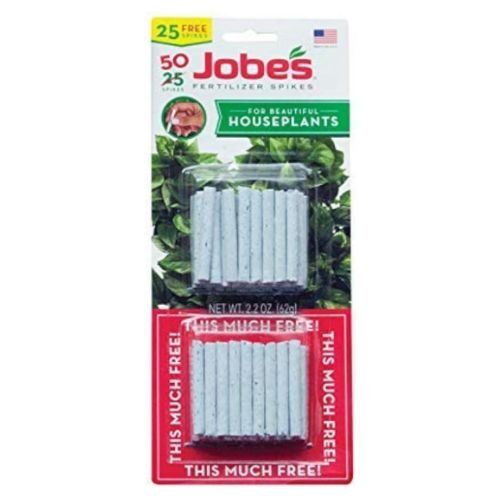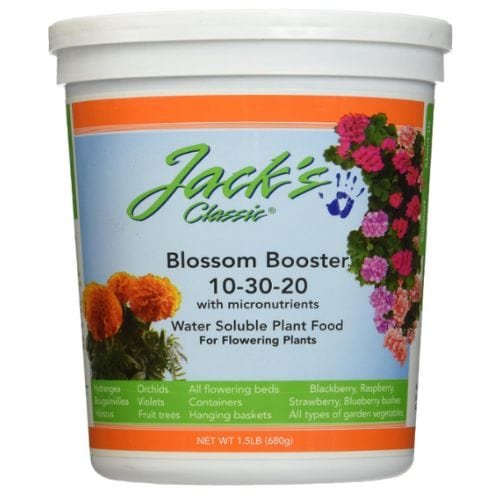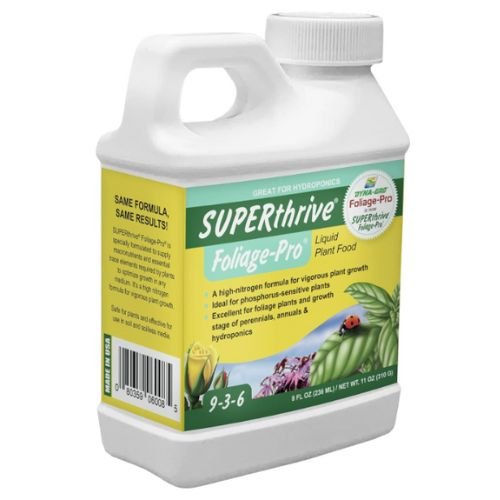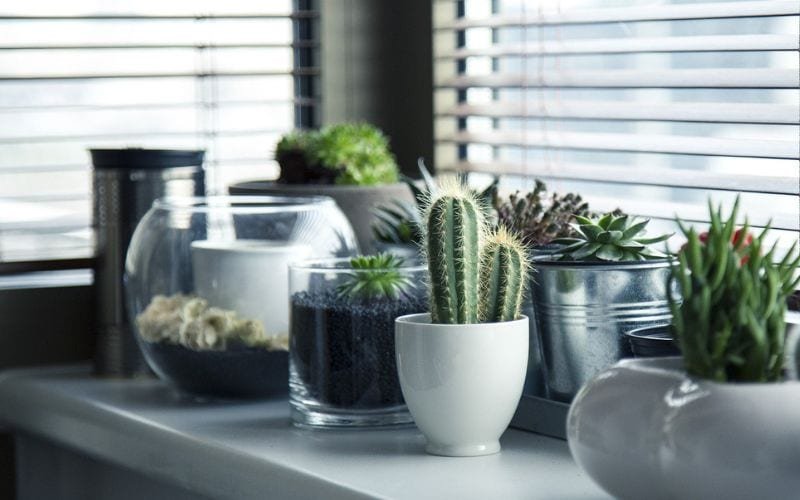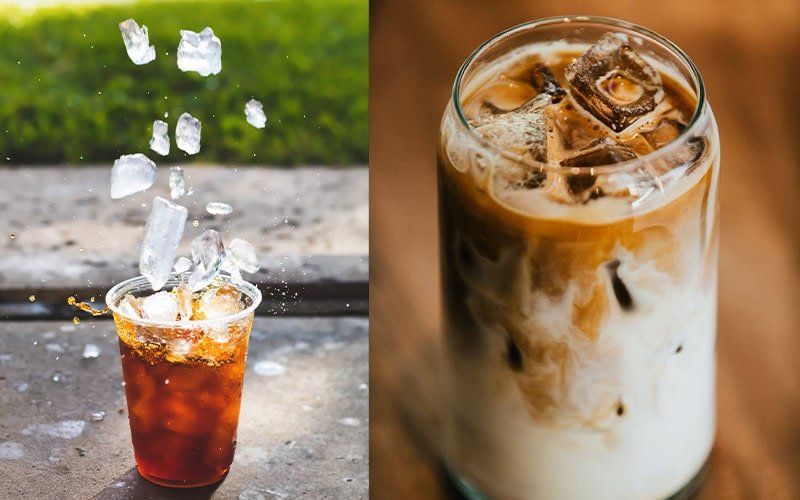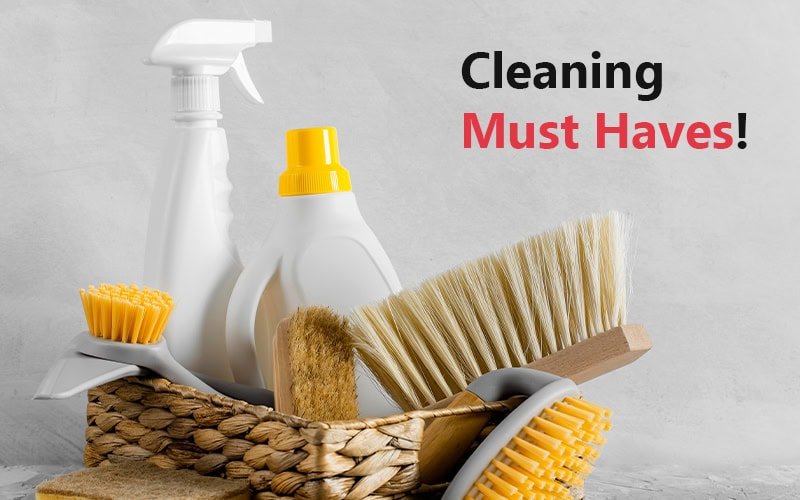We have two kinds of friends who enjoy indoor gardening – those who have left behind a large backyard garden back home and want to quench their thirst for gardening, and those who want to try gardening from the comforts of their home. Indoor gardening is a perfect hobby for improving your health and is perfect for people of all ages.
In this article, we will tell you everything about indoor gardening for beginners so that even the most novice gardeners can get a head start on their luscious greens.
Indoor Gardening For Beginners – Gardening Components
Here are 4 absolute musts if you want to start gardening indoors:
The Container
The container is like a home for your plant. It holds the potting mix and provides a stable environment for your plant’s roots to grow. Containers come in various materials like plastic, clay, ceramic, or even fabric. The material you choose depends heavily on the place you stay and the type of plant you want to grow. Avoid growing plants in anything painted black if your area is too hot because it can heat the pot and burn the roots. Additionally, if you want to grow edible plants in a plastic pot, use food-grade plastic so that harmful microplastic does not seep into the soil.
No matter which container you use, it needs to have drainage holes and should be big enough for the roots to spread out and grow strong. The drainage holes allow for proper drainage and prevent root rot.
We have a few detailed articles on container gardening and flower container gardening. Feel free to check them out.
Check out these gardening pots on Amazon:
Potting Mix
Potting mix is the soil-like substance in which your plant grows. It’s different from garden soil because it’s lighter and specifically formulated to provide nutrients, drainage, and aeration for potted plants. It usually consists of a blend of organic matter like peat moss or coconut coir, perlite or vermiculite for drainage, and sometimes added nutrients like compost or fertilizer.
Some plants need an acidic soil while others need an alkaline one. While you can create a simple potting mix for all your plants, that has a combination of perlite, garden soil, sand, and compost, you should do your research for every plant and make slight adjustments to suit their needs.
The Plant
As a beginner, it’s always best to start with a plant from the nursery. Look for plants with vibrant foliage, sturdy stems, and no signs of pests or diseases. A good way to identify a healthy plant is by checking the leaves. If the leaves are yellow or have yellow spots, it is usually a sign of root rot or infections. Consider factors like sunlight requirements, water needs, and space requirements before choosing your plant.
If you’re a beginner, start with easy-to-grow varieties like basil, marigolds, or spider plants. Green foliage plants are always easier to grow than flowering plants. If you want to fill your house with flowers, consider seasonal flowering plants. Not only are they great for the environment, but since they last one season, you can get away with a few rookie gardening mistakes.
The Seed
Seeds are for those who want to take some risk. Starting a plant from its seed lets you witness the entire growth process, from germination to maturity. And trust me, watching the whole process in front of you can be very fulfilling.
When selecting seeds, choose varieties suited to your climate and growing conditions. Some seeds grow best when they germinate in a tissue, or damp cloth, before being transplanted, while others need to be planted directly in the soil. Follow seed package instructions regarding planting depth, spacing, and timing for best results.
You can also grow plants from seasonal fruits and vegetables. Always remember to do a little research before starting. Although most seeds require a standard germination process, followed by transplant and re-transplant, there are a few exceptions. For instance, you can grow tomatoes from scratch by cutting them into thick slices, planting them flat on the soil, and topping it with a thin layer of nutrition-dense soil. With proper care and attention, seeds can flourish into beautiful plants right before your eyes!
Growing plants from seeds is a fulfilling experience but also has its set of challenges. As long as you give your seedlings the right conditions and grow them in the right size pot, you will watch that seed grow into a strong plant right in front of you.
Do I Need To Use Tools For My Indoor Garden?
You don’t have to buy fancy indoor gardening supplies if you are starting out with just 1 small plant. But as you grow your indoor plant collection you will find that certain tools make it easier to keep plants in good shape without spending too much time on upkeep.
Here are some absolute basic gardening tools that can save you a lot of time and effort:
Hand Trowel
A hand trowel is like a gardener’s right hand. It’s a small, handheld tool with a pointed, scoop-shaped metal blade attached to a handle. Here’s why it’s essential:
Planting and Transplanting: Need to dig small holes in the soil for your small plants and seedlings? A hand trowel is perfect for that; especially if you transplant seeds often. Its compact size allows you to work in tight spaces and control the depth and width of the hole.
Weeding: Use the hand trowel to uproot weeds, especially in between plants where larger tools might be too cumbersome, and can damage the plant roots. Its narrow blade can reach into tight spots without disturbing nearby plants.
Loosening Soil: When soil becomes compacted, a hand trowel can help loosen it, improving aeration and drainage for your plants’ roots. A hand trowel is perfect for soil rotation. It is not big enough to damage the roots. Remember to have a gentle touch when working the soil; your plants will thank you for it.
Potting: For container gardening, a hand trowel is invaluable for filling pots with potting mix and transplanting plants into new containers.
Check out these hand trowels on Amazon:
Watering Can
Keeping your plants properly hydrated is key to their health and vitality, and a watering can is the tool for the job. Here’s why it’s indispensable:
Precise and Targeted Watering: Unlike hoses or watering wands which can deliver a heavy stream of water, watering cans provide a gentle, controlled flow, preventing soil erosion and ensuring water reaches the plant’s roots without splashing onto foliage. This is perfect for potted and indoor plants that are usually more delicate when compared to their outdoor counterparts.
Watering Seedlings: When starting seeds indoors or transplanting delicate seedlings, a watering can with a fine rose attachment can provide a gentle shower of water, preventing seed displacement or damage to fragile roots.
Check out these watering cans on Amazon:
Pruner
Pruners are like scissors for your garden, essential for maintaining your plants’ health and appearance. Here’s why every gardener needs a good pair of pruners:
Trimming and Shaping: Use pruners to trim back overgrown branches, shape shrubs, or deadhead flowers to encourage new growth and prolong blooming.
Removing Dead or Diseased Growth: Regular pruning with sharp pruners helps keep your plants healthy by removing dead or diseased branches, which can attract pests and inhibit overall growth.
Harvesting: When fruits, vegetables, or herbs are ready for harvest, pruners make quick work of snipping them from the plant without causing damage.
Precision Cutting: Unlike larger cutting tools, pruners allow for precise, clean cuts, reducing the risk of tearing or injuring the plant. Look for bypass pruners for cutting live branches and anvil pruners for cutting deadwood.
Check out these pruners from Amazon:
With these indoor gardening tools at your disposal, you’ll be well-equipped to tackle various gardening tasks confidently and efficiently!
What About Fertilizers? – Should You Keep One Handy?
Indoor plants rely on the nutrients in their growing medium (potting mix) for healthy growth. Over time, these nutrients deplete as the plant absorbs them for growth and development. Fertilizers replenish these essential nutrients, ensuring that indoor plants have everything they need to thrive.
Key nutrients provided by fertilizers include:
Nitrogen (N): Essential for leafy growth and overall plant vigor.
Phosphorus (P): Promotes root development, flowering, and fruiting.
Potassium (K): Aids in disease resistance, stress tolerance, and overall plant health.
Micronutrients: Trace elements like iron, magnesium, calcium, and others, which are necessary for various physiological processes in plants.
Although most fertilizers have a combination of the above nutrients some need more nitrogen while others may need more potassium so it’s always a good idea to mix up your fertilizers and give your plants what they need. Here are some types of fertilizers:
Organic Fertilizers: These are derived from natural sources such as compost, animal manure, bone meal, or seaweed. Organic fertilizers release nutrients slowly as they break down, providing a steady supply of nutrition to plants over time. They also improve soil structure and microbial activity.
Synthetic Fertilizers: Also known as chemical fertilizers, these are manufactured artificially and contain specific concentrations of essential nutrients like nitrogen (N), phosphorus (P), and potassium (K), along with micronutrients. Synthetic fertilizers provide nutrients to plants quickly, but they can leach from the soil faster and may require more frequent applications.
Liquid Fertilizers: These fertilizers dissolve in water and are applied directly to the soil or foliage of plants. Liquid fertilizers are fast-acting and easily absorbed by plants, making them ideal for providing a quick nutrient boost or for foliar feeding.
Granular Fertilizers: These are solid fertilizers in granular form that are mixed into the soil or placed on the soil surface around plants. Granular fertilizers release nutrients gradually as they dissolve in water or break down in the soil, providing a longer-lasting nutrient supply.
Organic fertilizers are ideal for indoor plants because they provide a slow and steady release of nutrients without the risk of over-fertilization. Look for organic fertilizers specifically formulated for indoor plants, such as liquid seaweed extracts, compost tea, or worm castings.
Alternatively, you can use synthetic fertilizers formulated for indoor plants, but be cautious to follow the manufacturer’s instructions carefully to avoid over-fertilizing, which can damage plants.
In general, indoor plants are smaller and require less fertilizer, so use them sparingly and only during the growing season (spring and summer for most plants). Always dilute liquid fertilizers to half or quarter strength to prevent fertilizer burn, and flush the soil periodically to remove any buildup of salts from fertilizers. With proper fertilization, your indoor plants will stay healthy and vibrant all year round!
Check out these fertilizers on Amazon:
Here Are 7 Beginner Friendly Indoor Plants
For beginners, it’s best to start with indoor plants that are easy to care for and resilient. Avoid flowering plants as they can be finicky towards watering, heat and light conditions. Here are some great beginner-friendly indoor plants:
1. Snake Plant (Sansevieria): Snake plants are virtually indestructible and can thrive in low light conditions. Although they do take time to grow when propagated, they are incredibly easy to propagate. They require infrequent watering and sunlight and are excellent at purifying indoor air.
2. Pothos: Pothos plants are known for their trailing vines and heart-shaped leaves. They can tolerate a variety of light conditions and only need to be watered when the soil is dry.
3. Spider Plant: Spider plants are adaptable to most temperatures and are easy to grow. They produce baby spider plants, or “siderites,” that can be repotted to create new plants. They prefer indirect light and regular watering.
4. ZZ Plant: ZZ plants have shiny, dark green leaves and can tolerate low light and infrequent watering. They’re highly resilient and can survive in various indoor conditions. In fact the ZZ plant may be one of the most sturdy plants on this list. It grows very slowly and prefers steady conditions. With the ZZ plant, you can water it whenever it looks dry (which is once every few weeks) and forget all about it.
Rubber Plant: Rubber plants have large, glossy leaves and can grow tall over time. They prefer bright, indirect light and regular watering, allowing the soil to dry out slightly between waterings.
Aloe Vera: Aloe vera is easy to care for and has medicinal properties. It prefers bright, indirect light and well-draining soil. Allow the soil to dry out between waterings. Since the aloe vera thrives in dry desert-like conditions, it may not be the best plant to grow if you live in a humid area but those in dry lands can keep and forget this plant.
Chinese Evergreen: Chinese evergreens have attractive variegated leaves and can tolerate low light conditions. They prefer consistently moist soil and moderate humidity.
These plants are relatively forgiving of occasional neglect and are great choices for beginners looking to bring some greenery into their indoor spaces.
Conclusion
So here are some tips for novice indoor gardeners. Indoor gardening is a slow and steady process but it is no less rewarding than outdoor gardening. Make sure to start slow and be consistent and you will have a beautiful garden in no time!




